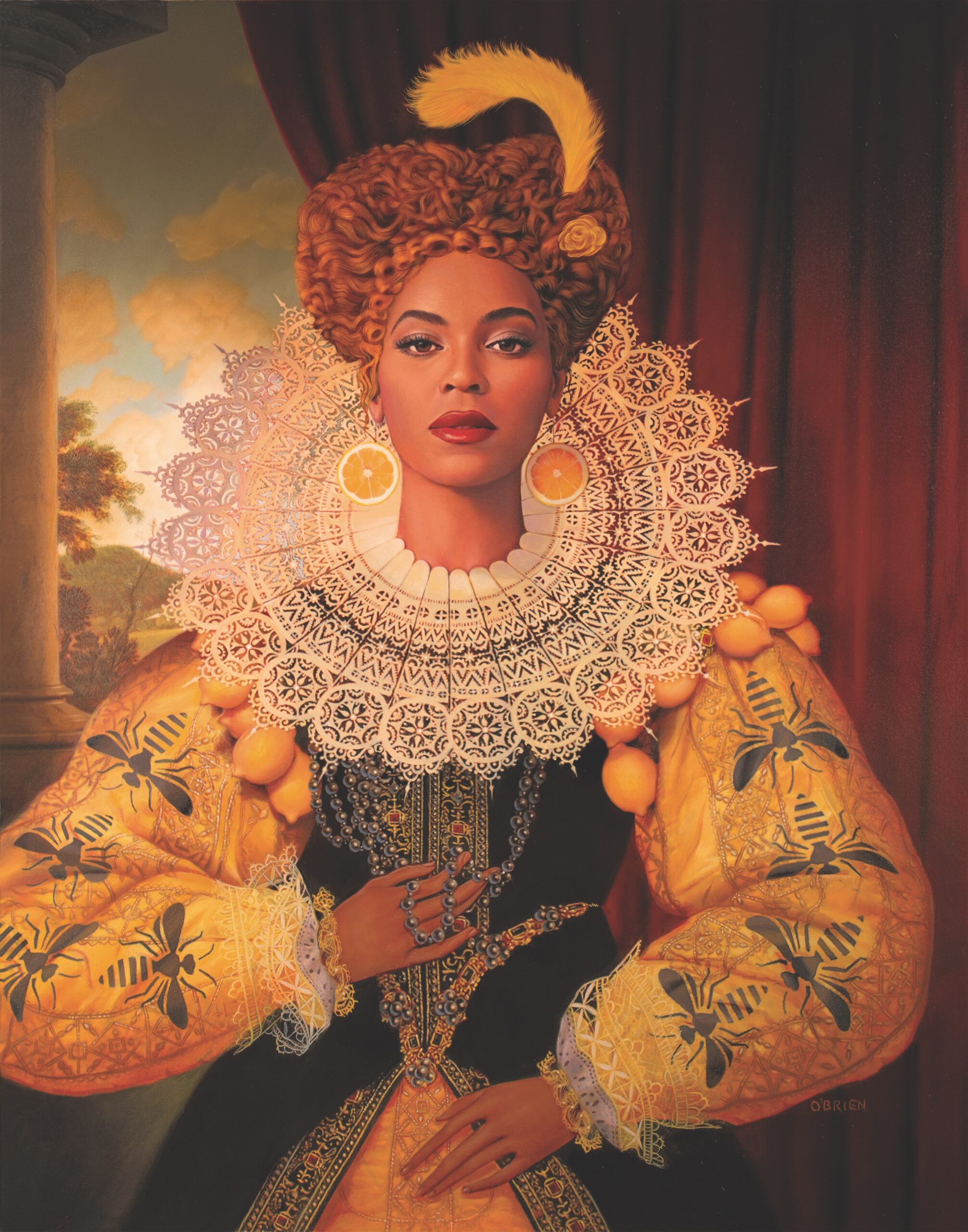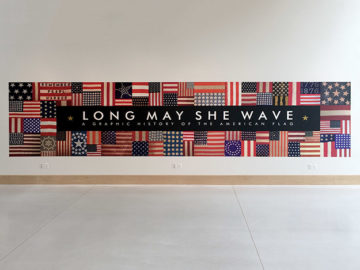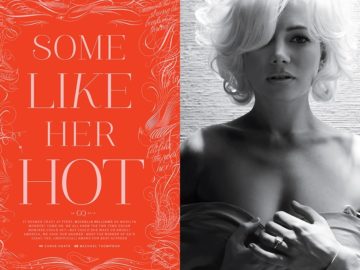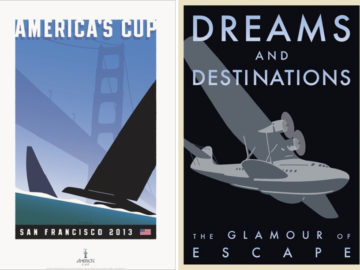Graphis Master Tim O’Brien paints intricately detailed illustrations and portraits from his Brooklyn studio. His art has appeared numerous times on the covers of TIME Magazine, Der Spiegel, Rolling Stone, Mother Jones, and Smithsonian Magazine, and has been featured in Esquire, GQ, National Geographic, and countless others.
Introduction by Arthur Hochstein, Designer, Arthur Hochstein Design+Image
I first met Tim O’Brien in 1989; I needed a photo-realistic painter to bring a tear to George Washington’s eye, defiling a famous Gilbert Stuart portrait for the cover of Time Magazine. His work brought tears to my eyes and readers’ ever since. I really think Tim’s greatest gift isn’t just about the astounding quality of his work—the spot-on likenesses and the thoughtful contexts he creates—but how and why he does it. Most realist portraitists need many days or weeks to accomplish their magic. With Tim, it’s more like hours; so fast that even after all these years, I wonder how the hell he does it. That ability and the incredible discipline it takes to use it are what make Tim an ace in the hole for art directors. In my bleakest professional hours, when I’m staring into the abyss of failure, Tim has always been there—friendly, calm, and self-assured as ever—to help me get the job done by making a beautiful portrait, so expertly done that the speed of its creation becomes a non-factor. In all our years, he has never, ever failed me or himself. And for all those nights that I slept better because he wasn’t sleeping at all, I thank him.






